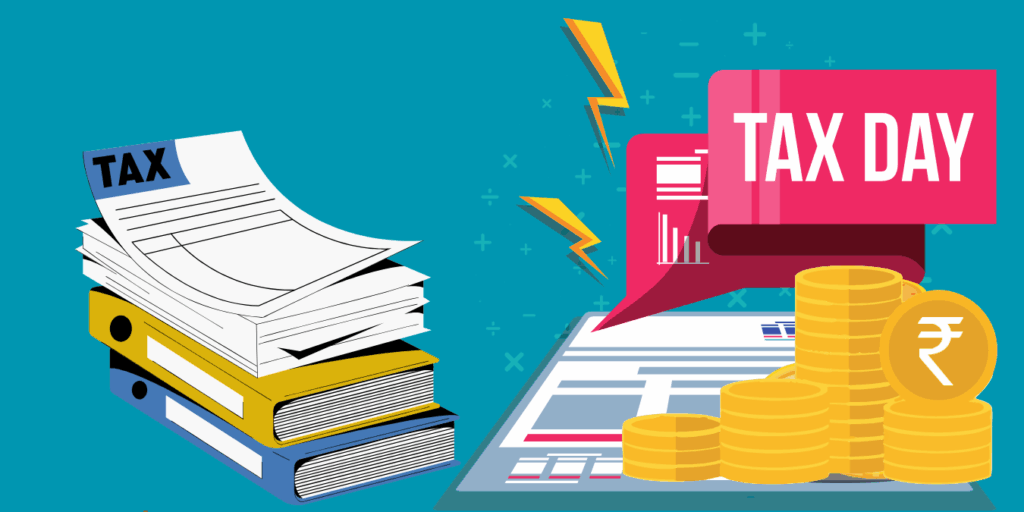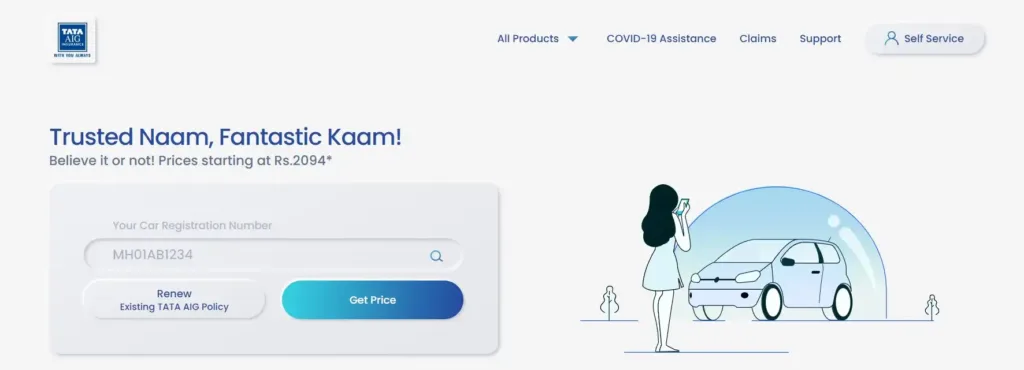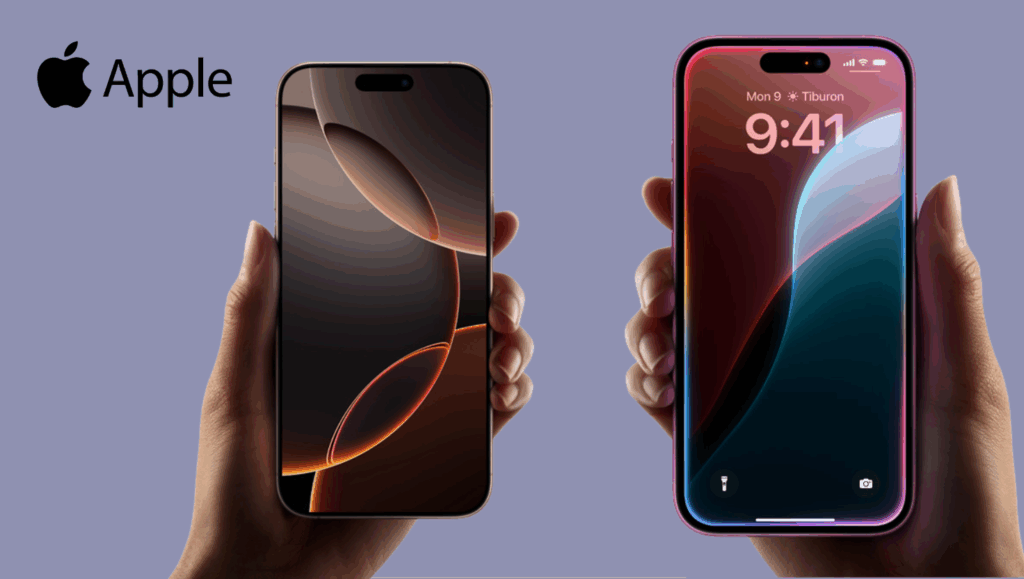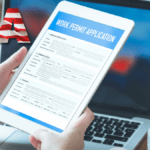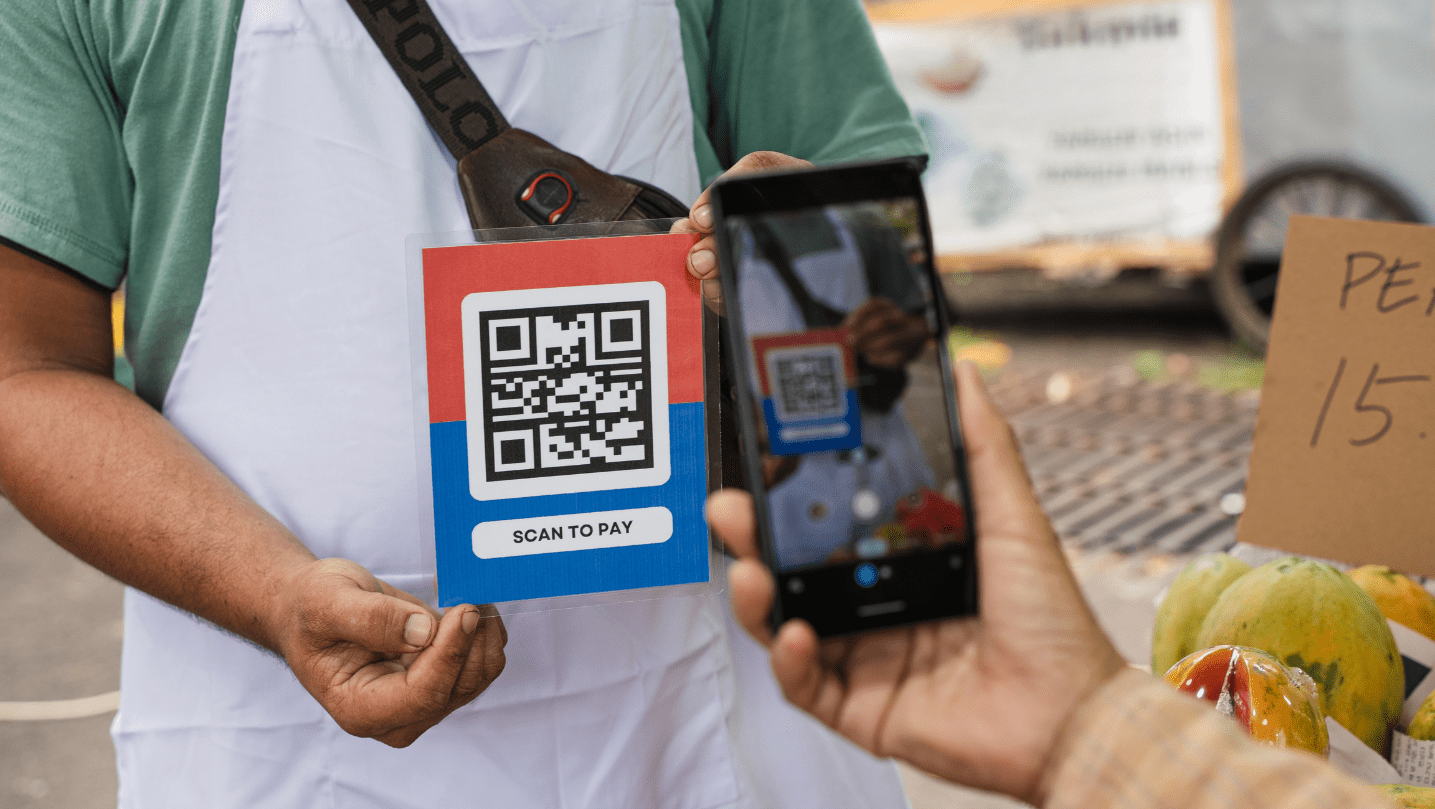
“UPI’s QR Share & Pay feature is no longer available for international payments. Wondering why? Explore the latest changes, how this impacts cross-border transactions, and what alternatives you can use. Stay informed about UPI’s new restrictions and adapt your payment methods accordingly.”
The Unified Payments Interface (UPI) has transformed India’s digital payment ecosystem, becoming a cornerstone of financial inclusion and convenience. With its seamless, instant, and secure transaction capabilities, UPI has gained global recognition, enabling cross-border payments in select countries. However, a significant update from the National Payments Corporation of India (NPCI) effective April 4, 2025, has introduced changes that impact international UPI transactions. Specifically, the “QR Share & Pay” method is no longer available for international payments, affecting how Indian users, especially Non-Resident Indians (NRIs) and frequent travelers, transact abroad. This blog post delves into the details of this change, its implications, alternatives, and what it means for the future of UPI, while incorporating the latest data and SEO strategies for enhanced visibility.
Understanding UPI and Its Global Reach
UPI, launched in 2016 by NPCI, is a real-time payment system that facilitates inter-bank transactions via mobile devices. It allows users to link multiple bank accounts to a single app, using a Virtual Payment Address (VPA), mobile number, or QR code for transactions. With over 300 million users and 500 million merchants, UPI accounts for nearly 90% of India’s retail digital payment volume, processing over 500 million daily transactions.
Internationally, UPI has expanded to seven countries—France, Mauritius, Nepal, Singapore, Sri Lanka, Bhutan, and the UAE—through partnerships with local payment networks like Fonepay (Nepal) and Mashreq’s NeoPay (UAE). Indian travelers can use UPI-enabled apps like PhonePe, Google Pay, and Paytm to scan Bharat QR codes at merchant locations abroad, making payments directly from their Indian bank accounts in Indian Rupees (INR).
The “QR Share & Pay” method, until recently, allowed merchants to share QR codes via WhatsApp, email, or other platforms, enabling users to scan and pay remotely. This feature was particularly convenient for international transactions, as it eliminated the need for physical presence at a merchant’s location.
NPCI’s New Directive: What’s Changed?
On April 8, 2025, NPCI issued a circular announcing that, effective April 4, 2025, the QR Share & Pay method is discontinued for international Person-to-Merchant (P2M) UPI transactions. This means Indian users can no longer scan QR codes shared digitally (e.g., saved in phone galleries or received via messaging apps) to make payments to overseas merchants. However, live scanning of QR codes at physical merchant locations abroad remains permissible.
Additionally, NPCI has imposed restrictions on domestic QR Share & Pay transactions, limiting payments to non-verified offline merchants to Rs 2,000 per transaction. This domestic cap, though pre-existing, has been reiterated to ensure compliance. Another change involves discontinuing “collect requests” for loading wallets or prepaid cards, a feature previously exploited in fraudulent schemes. Now, users must initiate transactions or generate push requests to load digital wallets.
Key Details of the Change:
- International Impact: QR Share & Pay is blocked for all UPI Global P2M transactions.
- Domestic Continuity: QR Share & Pay remains functional within India, with a Rs 2,000 limit for non-verified merchants.
- Collect Requests: Discontinued for wallet loading to curb fraud.
- Live Scanning: Still allowed for international payments at physical merchant locations.
Why the Change? Security and Compliance at the Core
The decision to disable QR Share & Pay for international payments stems from NPCI’s focus on enhancing security and mitigating risks. According to Jai Kumar, co-founder of TechFini, “By limiting remote international payments, NPCI and banks aim to curb fraud, prevent misuse, and ensure controlled oversight of cross-border financial flows.” The QR Share & Pay method, while convenient, posed vulnerabilities:
- Fraud Risks: Shared QR codes could be manipulated or used in phishing scams, leading to unauthorized transactions.
- Regulatory Compliance: International transactions require stricter oversight to comply with anti-money laundering (AML) and Know Your Customer (KYC) regulations.
- Transaction Oversight: Remote payments made it challenging to verify merchant authenticity, increasing the risk of fraudulent cross-border activities.
NPCI’s circular emphasizes that Payment Service Providers (PSPs) must update UPI apps to identify and block international QR Share & Pay transactions, ensuring a safer digital payment ecosystem.
Implications for Users and Merchants
For Indian Users (Travelers and NRIs)
The discontinuation of QR Share & Pay for international payments impacts convenience, particularly for NRIs and frequent travelers. Previously, users could pay overseas merchants remotely by scanning shared QR codes, a method popular for small businesses and e-commerce. Now, payments require physical presence at merchant locations, limiting flexibility.
- Reduced Convenience: Users must rely on live QR scanning or alternative payment methods like credit/debit cards or bank transfers, which may incur higher fees.
- Impact on NRIs: NRIs using UPI for remittances or payments to Indian merchants abroad face restrictions, as remote transactions are no longer supported.
- Travelers’ Challenges: Indian tourists in countries like Singapore or the UAE may find it less seamless to pay at smaller merchants not equipped for live QR scanning.
For Merchants
Overseas merchants accepting UPI, especially small businesses, may see a decline in transactions from Indian customers. The QR Share & Pay method was a low-cost, accessible way to receive payments without investing in Point-of-Sale (POS) terminals. The change could:
- Limit Reach: Merchants relying on shared QR codes may lose customers who prefer remote payments.
- Increase Costs: Adopting live QR scanning infrastructure or alternative payment systems may involve additional expenses.
- Affect Small Businesses: Micro-merchants, common in countries like Nepal and Mauritius, may struggle to adapt to the new requirements.
For Domestic Transactions
The Rs 2,000 limit for non-verified offline merchants ensures that domestic QR Share & Pay transactions remain secure but may inconvenience users paying unregistered vendors, such as street vendors or small shops.
Alternatives to QR Share & Pay for International Payments
While the QR Share & Pay method is no longer available, Indian users have several alternatives for international payments:
- Live QR Scanning:
- Users can scan Bharat QR codes at physical merchant locations in supported countries.
- Apps like PhonePe, Google Pay, and BHIM UPI support this feature, with transactions debited in INR.
- UPI One World Wallet:
- Designed for foreign tourists and NRIs, this wallet allows loading funds via international cards and making UPI payments in India.
- NRIs can explore similar wallets for cross-border transactions, subject to KYC requirements.
- RuPay Cards:
- RuPay cards, linked to UPI, are accepted in countries like the UAE and Singapore.
- They offer a card-based alternative for payments where QR scanning isn’t feasible.
- International Bank Transfers:
- Platforms like Wise facilitate low-cost transfers to Indian bank accounts, though they don’t support real-time QR payments.
- Useful for remittances or large transactions.
- Credit/Debit Cards:
- Widely accepted globally, cards remain a fallback option, though they may incur foreign transaction fees (2-3% per transaction).
- Local Payment Systems:
- In countries like Singapore, users can leverage integrated systems like PayNow, linked with UPI, for seamless transfers.
Latest Data on UPI’s Growth and Global Impact
UPI’s dominance in India’s digital payment landscape is undeniable. According to NPCI’s 2025 statistics:
- Transaction Volume: 80 billion transactions annually, a 60% year-on-year increase.
- Transaction Value: Rs 120 lakh crore (USD 1.4 trillion), up 55% from 2024.
- Global Reach: Over 300 banks support UPI, with 50 million merchants accepting QR-based payments worldwide.
- International Transactions: UPI processes 10 million cross-border transactions monthly in supported countries.
Despite the QR Share & Pay restriction, UPI’s international adoption continues to grow. For instance, in Nepal, Fonepay’s integration with UPI has enabled 500,000 merchants to accept Indian payments. In the UAE, LuLu Hypermarkets and Al Maya Supermarkets report a 30% increase in UPI transactions from Indian tourists since 2024.
The Future of UPI: Balancing Innovation and Security
NPCI’s decision reflects a broader trend of prioritizing security in digital payments. As UPI expands globally, with talks underway to integrate with 30 countries, including Malaysia and Thailand, the focus remains on robust authentication and fraud prevention. Emerging features like UPI Lite (offline QR scanning) and biometric authentication (fingerprint and face ID) signal a future where convenience and safety coexist.
For users, adapting to these changes means exploring live QR scanning and alternative payment methods. For merchants, investing in interoperable QR infrastructure will be key to retaining Indian customers. NPCI’s ongoing partnerships with global payment networks, such as Singapore’s PayNow and Europe’s Worldline, suggest that UPI’s international footprint will continue to grow, albeit with stricter controls.
Final Thought
The discontinuation of QR Share & Pay for international UPI transactions marks a pivotal shift in India’s digital payment landscape. While it introduces challenges for NRIs, travelers, and merchants, the move underscores NPCI’s commitment to security and compliance. With alternatives like live QR scanning, RuPay cards, and integrated wallets, users can still leverage UPI’s global reach. As UPI evolves, balancing innovation with risk mitigation will define its success in transforming cross-border payments.
For the latest updates on UPI and digital payments, visit NPCI’s official website or explore our blog for more insights.
-

Stop Paying Minimum Balance Fees: The “Secret” RBI Account Everyone Can Get!
-

The “Shadow Bank” Loophole is Closed: Why Your NBFC Loan Just Became a Bank Loan in Disguise
-

Bank of Maharashtra Breaks the Floor: Why 7.10% May Be the Lowest You’ll See
-

The 18-Month Trap: Why the New US Work Permit Rule is a Silent Crisis for Indians in 2025


